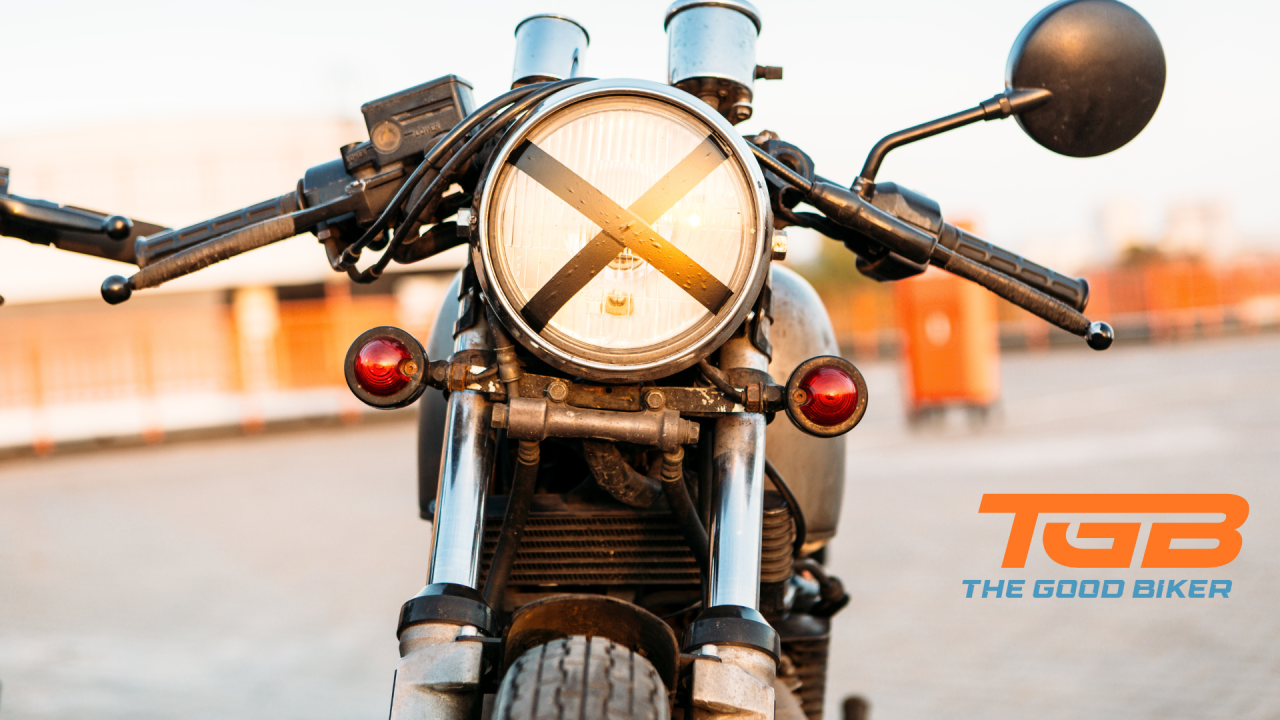
A Brief History of Cafe Racer Motorcycles: From Ton-Up Boys to Modern Classics
The cafe racer motorcycle has captured the imagination of riders and enthusiasts for decades, embodying the essence of rebellion, speed, and style. In this short blog, we'll explore the origins of cafe racers, their rise in popularity, and their enduring influence on motorcycle culture.
The Origins: Ton-Up Boys and Rockers
The cafe racer story began in 1950s and 60s Britain, where a subculture of young, thrill-seeking riders called "Ton-Up Boys" or "Rockers" emerged. These riders were known for their love of fast bikes, loud music, and their penchant for hanging out at transport cafes along major roads. One of their favorite pastimes was racing between cafes to reach the elusive 100 mph mark, known as "doing the ton." It was from these daring riders that the cafe racer was born.
Customizing for Speed and Style
To make their motorcycles faster and more agile, the Ton-Up Boys would strip down and modify stock bikes, removing unnecessary parts to reduce weight, and adjusting the ergonomics for a more aggressive riding position. The most popular base models for these customizations were British bikes such as Triumphs, Nortons, and BSAs. Key features of early cafe racers included low handlebars (often called "clip-on" or "ace bars"), rear-set footpegs, single or twin-seat saddles, and small, minimalist fuel tanks.
The Rise of Cafe Racers
As the cafe racer culture grew, motorcycle manufacturers noticed and started producing factory-built cafe racers. In the 1960s and 70s, models like the Norton Commando, Triumph Bonneville, and Ducati 250 Desmo became icons of the cafe racer scene. These bikes offered riders a ready-made, high-performance package with a distinct cafe racer look.
The Modern Cafe Racer Revival
Though the cafe racer craze subsided in the late 70s and early 80s, the love for these motorcycles never truly disappeared. In recent years, we've witnessed a resurgence of interest in cafe racers, driven by a renewed appreciation for classic styling and the rise of custom motorcycle culture. Modern manufacturers like Triumph, Royal Enfield, and BMW have introduced new models inspired by the iconic cafe racer design. At the same time, custom builders continue to create unique, one-of-a-kind cafe racers from various base models.
In Conclusion
The cafe racer has come a long way since its humble beginnings among the rebellious Ton-Up Boys of 1950s Britain. These motorcycles have left an indelible mark on motorcycle history, inspiring generations of riders and builders with their distinctive blend of speed, style, and attitude. As we celebrate the rich heritage of cafe racers, it's clear that their influence on motorcycle culture will continue to endure for years to come.